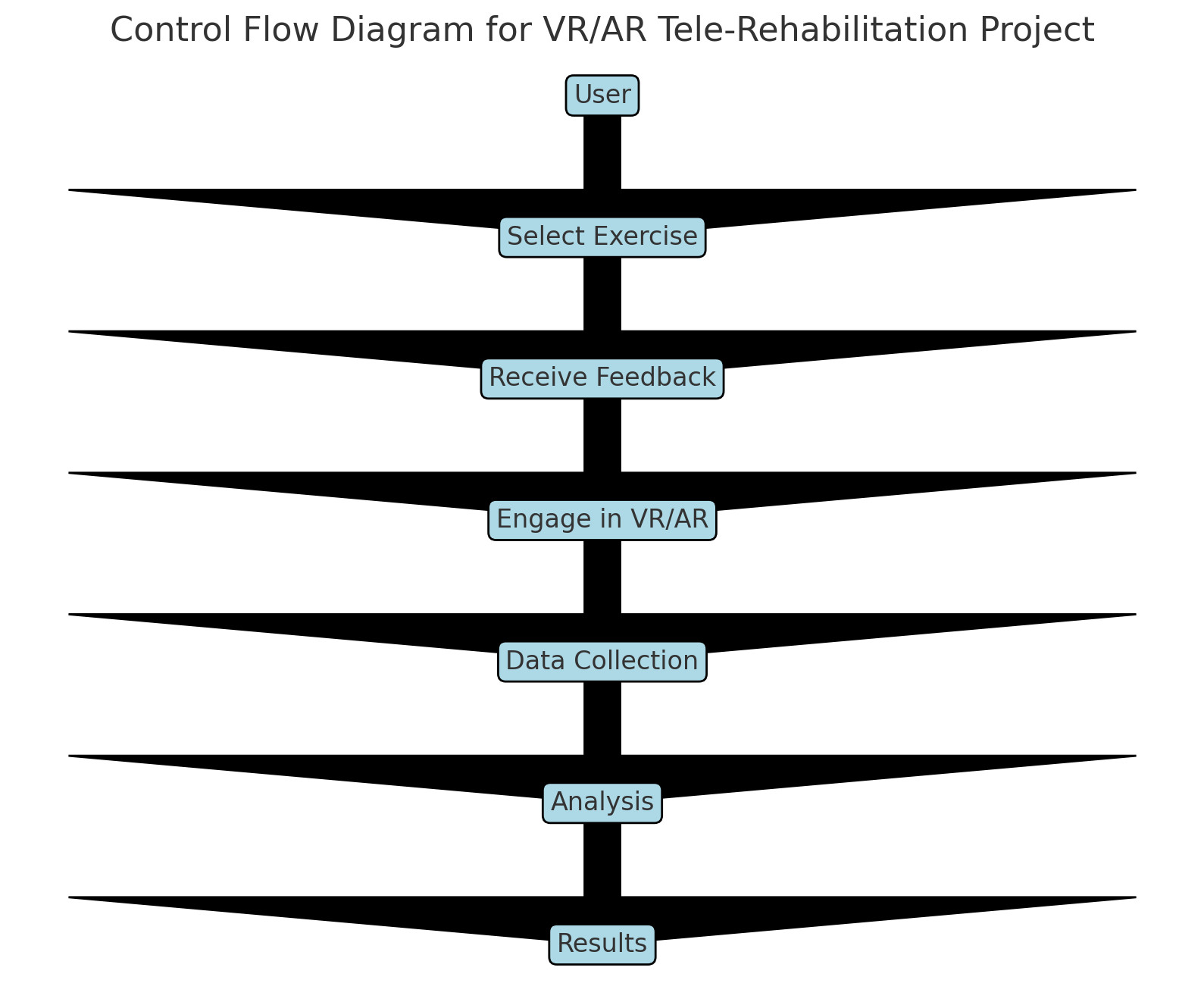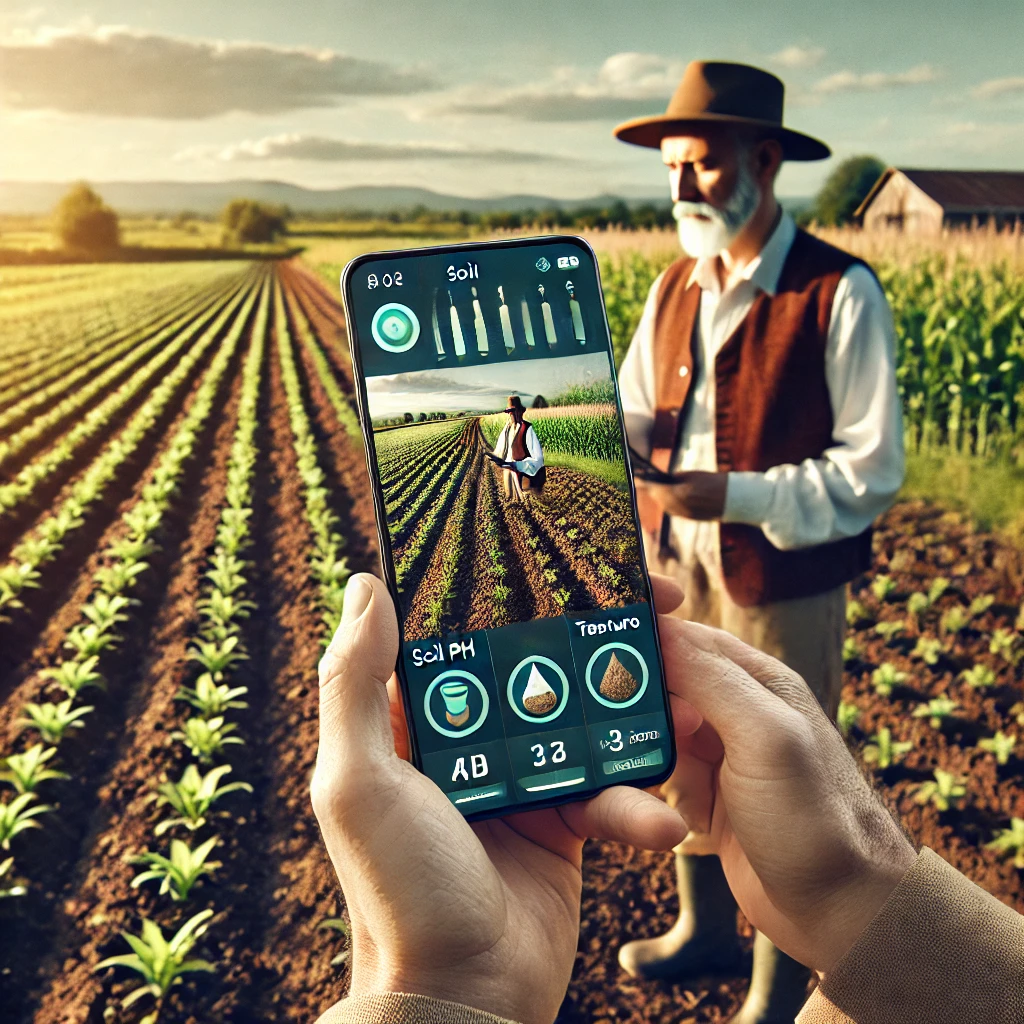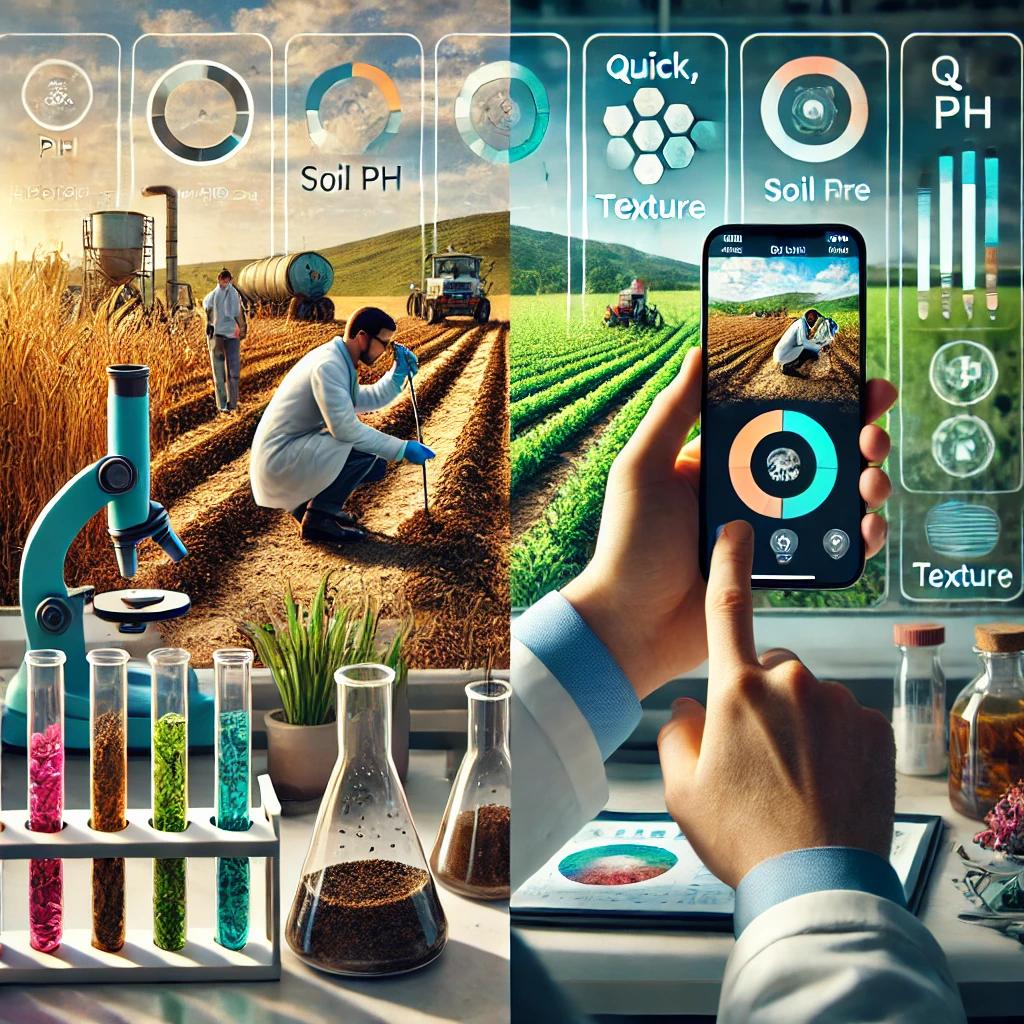


Introduction:
Agriculture remains the backbone of food security, supporting billions and driving rural development worldwide. One key factor in achieving optimal crop growth is soil health. However, traditional soil testing methods are often inaccessible for remote farmers, expensive, and time-consuming. Enter the "Visual Images-Based Soil Analyzer," an innovative mobile application that allows farmers to analyze soil quality simply by capturing an image. Developed in collaboration with PakSupercomputing, this AI-powered solution aims to empower farmers with immediate insights on soil health.
The Need for Digital Soil Analysis:
Understanding soil composition is essential for maximizing crop yield and quality. Current soil testing requires lab analysis, which poses significant challenges:
- High Cost: Traditional testing can be expensive and out of reach for small-scale farmers.
- Time-Consuming: Lab results may take days, delaying critical planting or fertilization decisions.
- Limited Accessibility: Farmers in remote areas often lack access to testing facilities.
Our proposed solution uses AI and computer vision, making soil analysis faster, cheaper, and more accessible.
How the Visual Images-Based Soil Analyzer Works:
By leveraging YOLOv8, a powerful computer vision model, this app enables real-time soil classification and quality analysis through a simple image. YOLOv8 is well-suited for mobile applications due to its speed and accuracy in processing images. Here’s a step-by-step breakdown of the process:
1. Data Collection
The model relies on a diverse dataset covering a wide range of soil types and conditions. Soil samples are classified by:
- Types: Sandy, clay, loamy, peaty, saline, chalky.
- Attributes: Dryness, moisture level, texture, and color.
2. Image Preprocessing
To ensure accuracy, images are preprocessed to meet YOLOv8’s input requirements:
- Resizing: All images are resized to fit the model’s input size.
- Augmentation: Techniques like flipping, rotating, and brightness adjustment increase dataset diversity and model robustness.
3. Training the YOLOv8 Model
Using transfer learning on a large initial dataset, the model is fine-tuned specifically for soil types and conditions. The training focuses on recognizing soil types and refining predictions based on:
- Soil Classes: Sandy, clay, loamy, peaty, saline, chalky.
- Loss Function: Custom loss functions are defined to reduce classification errors and improve bounding box accuracy for soil regions.
4. Feature Extraction and Classification
Once trained, the YOLOv8 model analyzes soil images to detect and classify specific soil attributes. Key features extracted include:
- Color: Indicates organic content and fertility.
- Texture: Smooth or rough, affecting water retention and root penetration.
- Patterns: Cracks, clumps, or consistency indicative of soil quality.
5. Generating the Soil Quality Report
The model’s output generates a report summarizing the soil’s key characteristics. After filtering for low-confidence predictions, this report offers actionable insights on:
- Soil Health: pH, electrical conductivity, and moisture levels.
- Crop Suitability: Recommendations based on soil type to optimize crop yield.
6. Mobile App Integration
The final YOLOv8 model will be embedded into a mobile app, allowing farmers to take soil images and receive analysis results instantly. The app's interface is designed to be user-friendly, providing:
- Simple Capture: One-click soil image capture.
- Instant Results: Immediate report on soil quality and suitable crops.
Benefits and Potential Impact
This app offers a unique, farmer-friendly approach to soil analysis:
- Cost Savings: Eliminates the need for lab tests.
- Time Efficiency: Provides real-time analysis without delays.
- Accessibility: Brings soil testing capabilities to rural areas. Future Enhancements Beyond soil analysis, the app could incorporate features like:
- Weather Forecasts: Suggest optimal planting times.
- Nutrient Recommendations: Personalized fertilization advice based on soil type and crop needs.
- AI-Powered Crop Monitoring: Continuously track soil changes for optimal planting and harvesting times.
Conclusion
The Visual Images-Based Soil Analyzer is set to revolutionize how farmers assess soil health, providing instant, affordable, and accessible insights directly through their smartphones. By enabling better-informed decisions, this app has the potential to improve crop yields, ensure sustainable practices, and support rural economies.
http://119.156.30.83:8502/
Collaborators: PakSupercomputing






